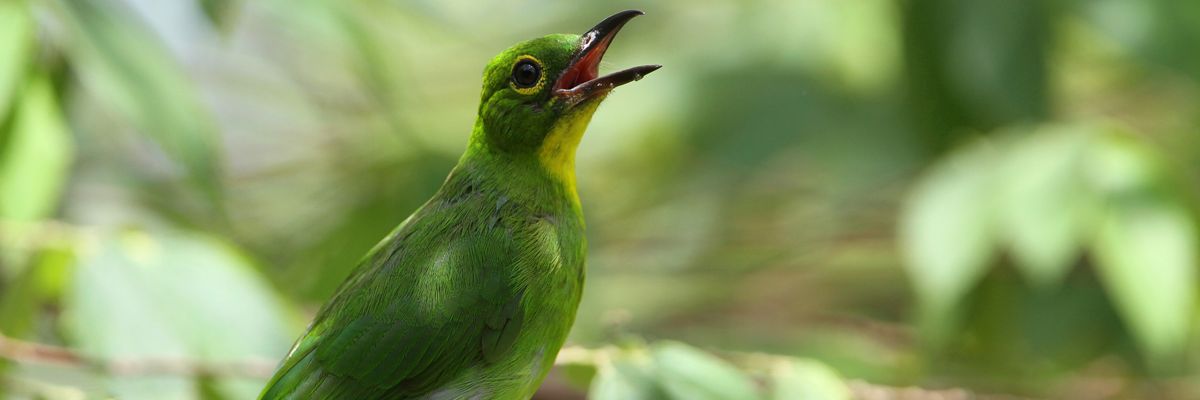New research identifying the hundreds of at-risk plant and animal species that lack international trade protections under a decades-old treaty led experts to call for key biodiversity-saving reforms on Tuesday.
The Convention on International Trade in Endangered Species of Wild Fauna and Flora (CITES) entered into force in 1975 and there are now 184 parties to the agreement, which currently protects nearly 41,000 species—including over 6,600 animals and 34,300 plants—from overexploitation.
"CITES listings should respond to the best available information on a species' status and be adopted where they will be likely to benefit the species," said University of Oxford research fellow Dan Challender, lead author of the analysis, in a Tuesday statement.
Challender worked with ecologists and wildlife trade experts at the International Union for Conservation of Nature (IUCN), the United Nations Environment Program World Conservation Monitoring Centre (UNEP-WCMC), and the Zoological Society of London for the study, published last week in the journal Nature Ecology & Evolution.
"CITES includes 59% (1,307 species), leaving two-fifths overlooked and in potential need of international trade regulation."
The paper explains that because "there is no established method to systemically determine which species are most at risk from international trade to information potential trade measures under CITES," the research team developed a mechanism using IUCN's Red List of Threatened Species, which includes assessments over 150,000 species.
"While our research shows CITES performs moderately well at identifying species in need of trade regulation, it also suggests that hundreds of species are overlooked," said Challender. "Cross-referencing data from the Red List with CITES listing information brings these potential protection gaps to light."
The team found that "of 38,245 globally threatened and near threatened species, 5.8% (2,211 species) are likely to be threatened by international trade." Of those at risk, "CITES includes 59% (1,307 species), leaving two-fifths overlooked and in potential need of international trade regulation." In other words, 904 species lack protections.
"Our work identifies hundreds of species—including 370 critically endangered and endangered species—in need of protections, and we also know data gaps mean the true figure could be much higher," noted study co-author Kelly Malsch of the UNEP-WCMC.
The endangered or critically endangered species that researchers said require safeguards from trade include 31 types of rays and sharks caught for fins and meat as well as 23 species of palm traded for horticulture.
Both Malsch and Challender expressed hope that the countries behind the treaty will use the new findings to inform future conference of the parties meetings. The next summit is scheduled for 2025.
"To achieve the aims of both CITES and the new Global Biodiversity Framework on tackling nature loss, it is vital that the international trade in animal and plant species is both sustainable and does not threaten the survival of the species in the wild," said Malsch, referencing an international plan agreed to in December. "We hope that CITES parties will be able to use our new methodology in future to ensure that CITES listings are based on the best available science."
The paper also points out that the number of species threatened by local and national resource depletion "is four times greater than species likely threatened by international trade," indicating the broader challenges faced by endangered plants and animals worldwide.
"To effectively address the overexploitation of species," the study stresses, "interventions focused on achieving sustainability in international trade need to be complemented by commensurate measures to ensure that local and national use and trade of wildlife is well-regulated and sustainable."
As Common Dreams reported in December, the Global Biodiversity Framework—whose overarching goal is protecting 30% of all land and water—did not alleviate fears about looming extinctions. While some U.N. and civil society leaders lauded the deal, others, particularly representatives of the Global South, sounded the alarm about corporate capture of protection efforts, promotion of agribusiness, and failures to adequately involve Indigenous peoples.

